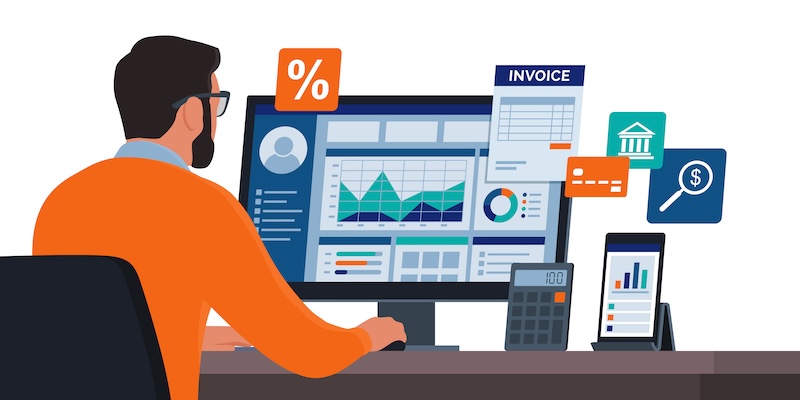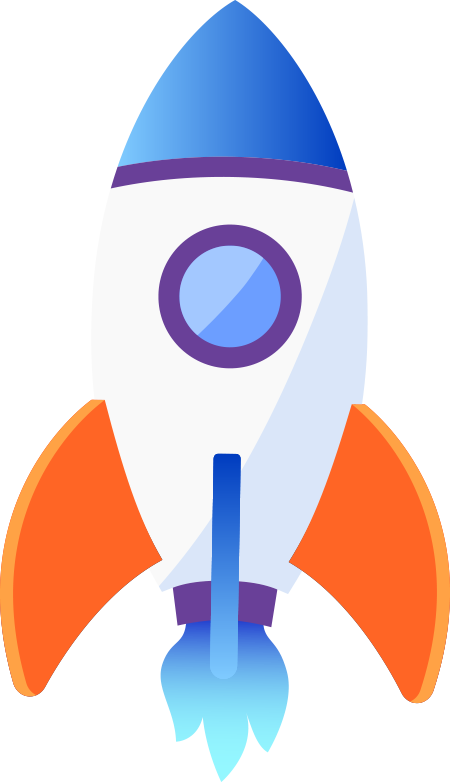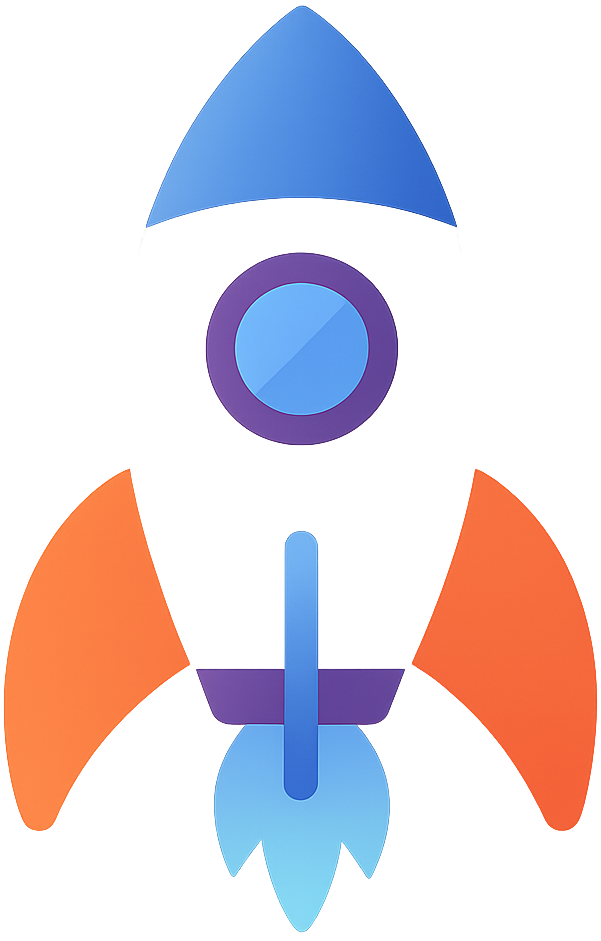
The Rise of Fully Autonomous Sales Systems
Across every major B2B sector, sales leaders are shifting away from fragmented, rep-dependent processes and toward unified AI-driven systems that run the entire revenue engine autonomously. According to McKinsey’s 2025 Commercial Transformation Index, companies that deploy full-cycle AI systems experience up to a 54% increase in pipeline velocity and a 38% reduction in acquisition costs. To understand how this shift unfolds, leaders often start with foundational insights inside the AI Sales Strategy & Leadership category.
The idea of “autonomous sales” is no longer futuristic — it is now a competitive requirement. AI doesn’t just automate tasks; it autonomously manages the booking, qualifying, routing, and even closing stages. This is why leadership frameworks must be redesigned. To see how AI integrates structurally into pipelines, it helps to review how unified AI sales teams support modern pipelines.
This article explores the advanced leadership frameworks behind AI revenue engines — systems that replace the cost and inconsistency of a $10,000-per-month human rep while delivering 24/7 output. To compare different leadership structures, readers may also explore our sibling article: How AI Transforms Sales Leadership.
For external alignment with broader industry forecasting, see the emerging data trends inside The State of AI Sales in 2025, which highlight why autonomous revenue engines are becoming the new operating standard.
What Exactly Is an “AI Revenue Engine”?
An AI revenue engine is a fully autonomous sales system that coordinates multiple AI agents to operate the entire revenue process: booking → qualifying → transferring → closing → payment collection → post-purchase setup. Unlike legacy CRMs or automation tools, AI revenue engines are self-sustaining and capable of running 24/7 with human oversight, not human involvement. Gartner calls these “closed-loop autonomous sales cycles” — systems that maintain operational momentum without human touchpoints.
This approach is far more efficient than a patchwork of tools. The unified model ensures consistent handoffs, structured conversational logic, and full-funnel orchestration — precisely why leaders adopt top-of-funnel frameworks such as advanced AI appointment-setting systems like Bookora for early pipeline reliability.
Why the Shift to Autonomous Revenue Engines Is Accelerating
Three forces are driving enterprise adoption:
- Economic pressure — rising labor costs make autonomous systems more cost-effective.
- Competitive pressure — organizations with AI-first pipelines dominate speed and consistency.
- Operational pressure — leaders require predictable, compliant, always-on execution.
MIT Sloan’s 2025 AI Workforce Report notes that autonomous sales systems outperform human teams in:
- response time
- consistency of qualification
- objection handling accuracy
- handoff reliability
And the most dramatic performance gap occurs in closing, where AI demonstrates unmatched persistence and structure. This is why leaders increasingly rely on advanced AI closers, such as the systems powering AI-driven closing workflows that secure payment before moving a customer to the next stage.
The Leadership Framework Behind Autonomous Sales Operations
High-performance organizations deploy AI revenue engines using a three-part leadership framework:
- The AI Operating Model — defines roles, responsibilities, and ownership of autonomous systems.
- The Revenue Control System — governs quality, performance, compliance, and optimization.
- The Execution Architecture — sets the blueprint for how AI agents move prospects through the funnel.
This leadership model allows autonomous systems to behave like a top-performing sales organization — only faster, more accurate, and infinitely scalable. Companies that combine these frameworks with advanced CRM automation approaches can integrate AI more effectively, following guides like the one found inside our AI CRM Automation Setup guide.
1. The AI Operating Model
The AI Operating Model defines how leaders structure the autonomous sales function. It includes:
- AI agent specialization (booking, qualification, transfers, closing, setup)
- cross-agent sequencing (who handles what, when, and why)
- data ownership and oversight
- escalation logic for outlier cases
- feedback loops for optimization
Harvard Business Review emphasizes that the strongest organizations treat AI systems as they would high-performance teams — with clear responsibilities, scorecards, workflows, and decision rules. This is where many leaders begin linking autonomous booking and qualification processes to specialized systems like Bookora for early-stage control.
2. The Revenue Control System
If the Operating Model defines the roles, the Revenue Control System ensures the machine runs properly. Leaders use this system to govern:
- conversion metrics
- booking-to-transfer accuracy
- closing consistency
- compliance monitoring
- CRM synchronization
This system is especially important for organizations using AI closers, where accuracy, compliance, and payment execution must meet enterprise standards. Reports from BCG’s 2025 Automation Governance Study show that organizations with defined control systems achieve 61% higher accuracy in AI-led conversation flows.
3. The Execution Architecture
Execution Architecture defines how prospects move through the autonomous pipeline. It is the “blueprint” for the entire revenue engine:
- how leads are assigned between AI layers
- how buying intent is measured
- how objections are routed
- how payment collection is triggered
- how post-purchase workflows begin
This structure ensures every conversation, handoff, and decision happens with precision — something no human-led team can replicate at scale.
The Advantage of AI Over Manual Sales Management
Autonomous systems outperform human-led teams for two reasons:
- Data-driven consistency — no fatigue, memory gaps, or improvisation.
- Infinite scalability — an AI agent can hold 1 or 10,000 conversations without performance decay.
This is why leaders designing AI-first organizations often begin with multi-agent architectures like the ones operationalized by autonomous appointment setters, transfer agents, closers, and setup systems — forming the kind of layered system found in advanced frameworks like Primora setup systems for onboarding new customers.
What Leaders Must Measure in Autonomous Revenue Engines
According to Deloitte’s 2024 AI Sales Leadership Benchmark Study, five KPIs determine whether an AI engine is succeeding:
- Speed-to-first-touch
- Booking efficiency
- Transfer completion accuracy
- Close rate per segment
- Revenue cycle time
These are not optional — they are the core performance indicators driving predictable, autonomous revenue. Leaders wanting more structural guidance often reference experience inside transformation-focused articles such as human–AI leadership models, or comparative insights inside advanced strategy guides.
Scaling AI Revenue Engines Across the Organization
Once the engine is running, leaders face a new challenge: scaling without losing precision. High-performing organizations scale through:
- increasing agent concurrency
- expanding into new customer segments
- globalizing agent language models
- automating new touchpoints
- strengthening feedback and optimization loops
This is where the tight integration of AI and CRM systems is vital. Organizations following structured setup procedures experience much higher accuracy — such as those adopting best practices from the AI CRM Automation Setup guide.
Cost Efficiency: The Final Advantage
One of the most significant advantages of AI revenue engines is economic. Instead of hiring multiple reps at $10,000 per month each, organizations deploy autonomous systems that execute the entire pipeline with perfect consistency. For leaders comparing the economic paths, they can review the available pricing options across AI deployment tiers.
Organizations preparing to fully integrate autonomous systems can also see how unified AI sales teams enhance operational reliability through full-cycle orchestration.


